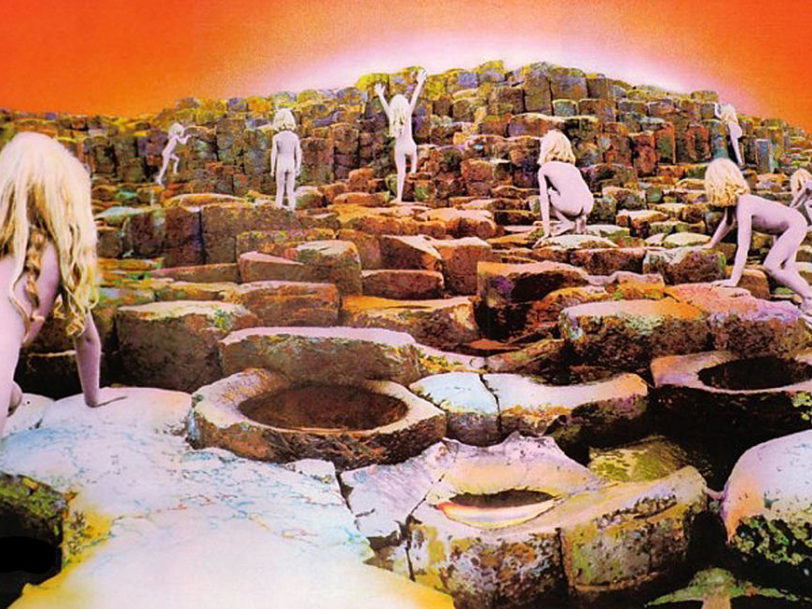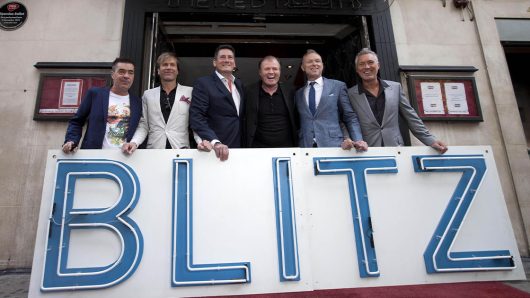After the release of their illustrious untitled fourth album (usually referred to as “Led Zeppelin IV”), Led Zeppelin became bona fide superstars. Released in November 1971 and featuring the band’s epic signature song, Stairway To Heaven, that monolithic record topped the charts on both sides of the Atlantic and eventually moved over 20 million copies in the US, but it also left Led Zeppelin feeling intense pressure when it came to recording their fifth album, Houses Of The Holy.
“We felt that pressure, but though everyone was clamouring for another ‘Led Zeppelin IV’, it’s very dangerous to try and duplicate yourself,” Jimmy Page acknowledged in Light And Shade: Conversations With Jimmy Page. “I won’t name any names, but I’m sure you’ve heard bands that endlessly repeat themselves. After four or five albums, they just burn up. With us, you never knew what was coming next.”
Listen to Houses Of The Holy here.
“Page had a very clear idea of what he wanted”
Despite experiencing stratospheric levels of stardom, Led Zeppelin were still hungry to create new music, so while they embarked on a lengthy world tour following the release of “Led Zeppelin IV”, they began informal rehearsals shortly after returning to the UK in 1972. Initial get-togethers took place in Puddletown, in Dorset, before the band discovered a suitable out-of-studio location for more intensive work. This residential approach had worked wonders when they decamped to Hampshire’s Headley Grange to lay down much of “Led Zeppelin IV”, but this time Zeppelin settled on Stargroves, a country mansion in Hampshire owned by Mick Jagger.
To assist them in their quest, Page and co rehired Eddie Kramer, the highly respected studio engineer renowned for his work with Jimi Hendrix and also on Led Zeppelin II. Kramer was excited to discover that Page and John Paul Jones had recently installed their own home studios, which meant they arrived at Stargroves with fully-arranged demo versions of several new songs, including Over The Hills And Far Away and No Quarter.




